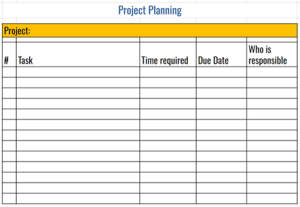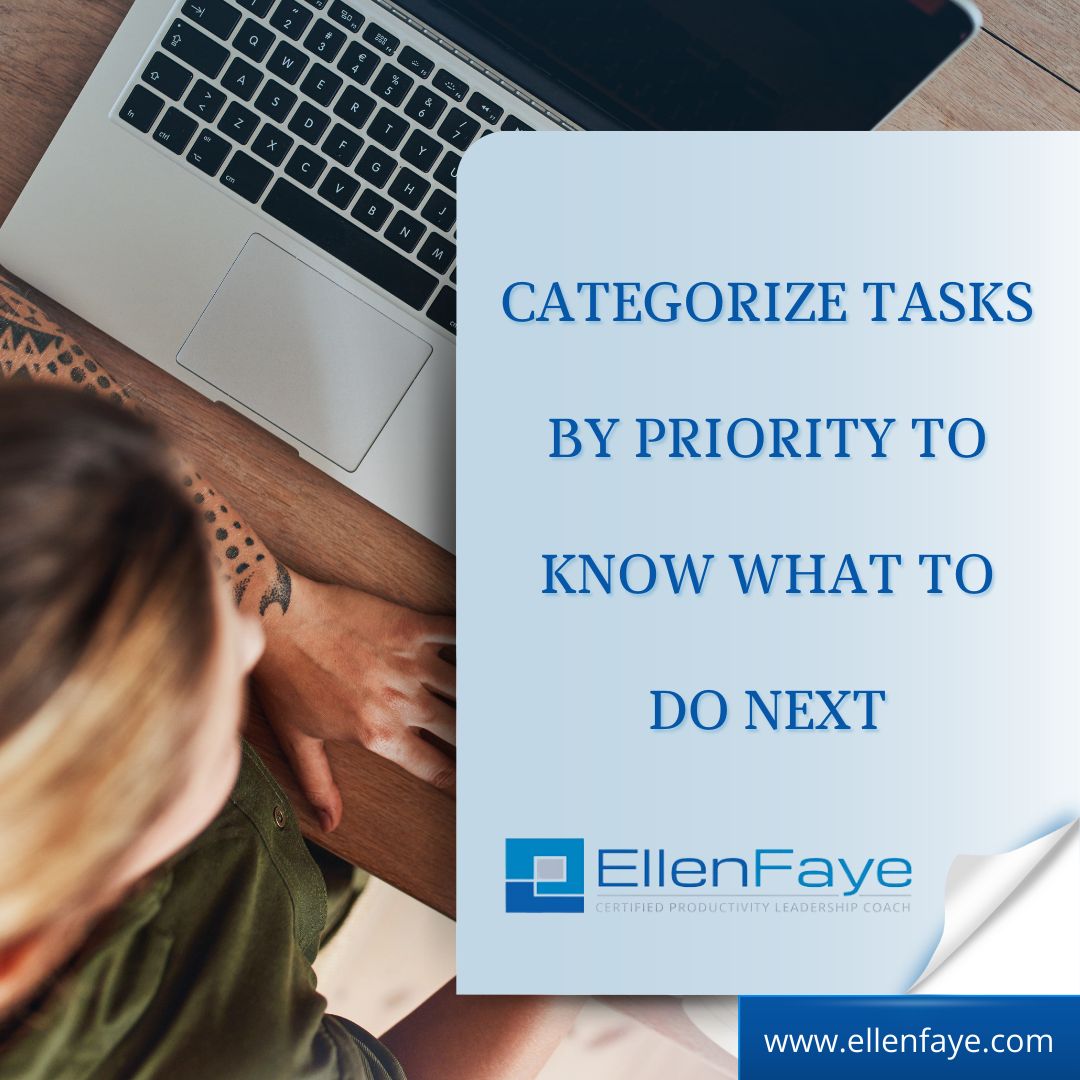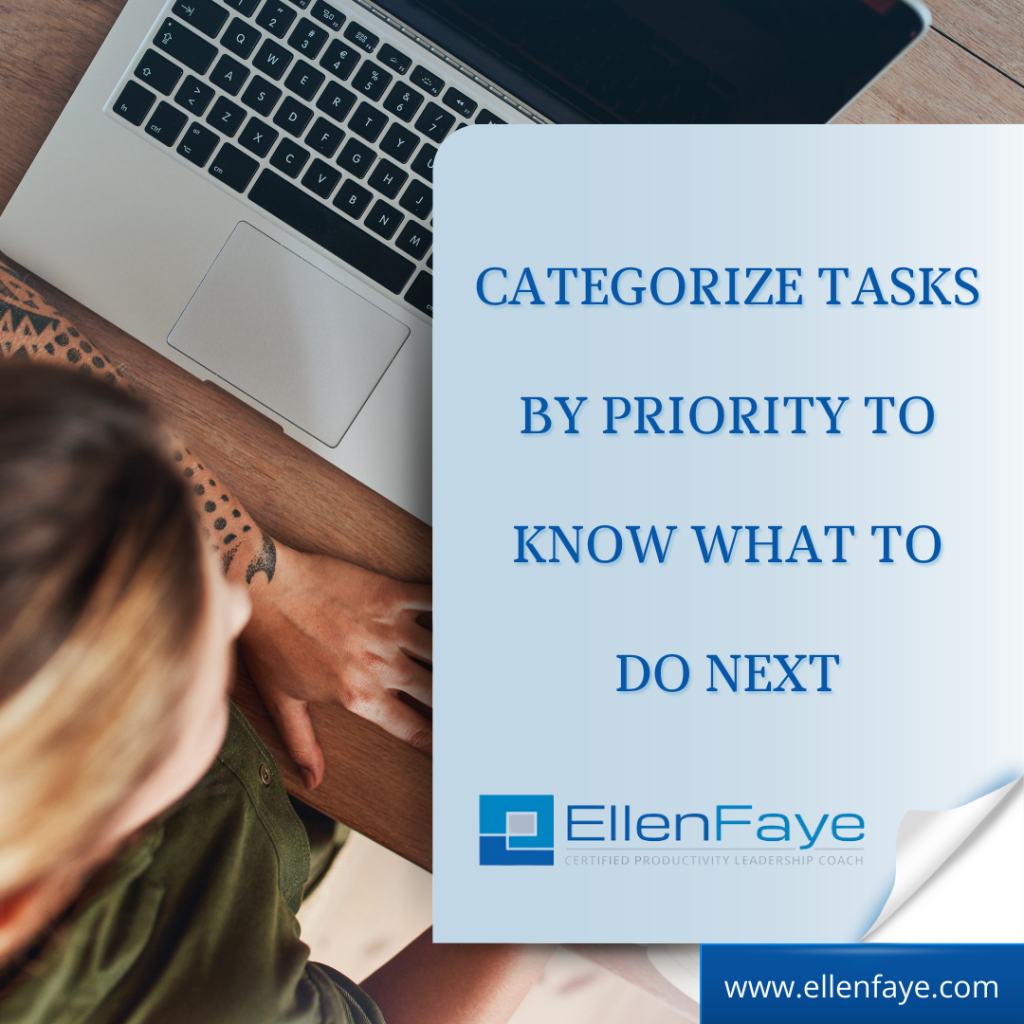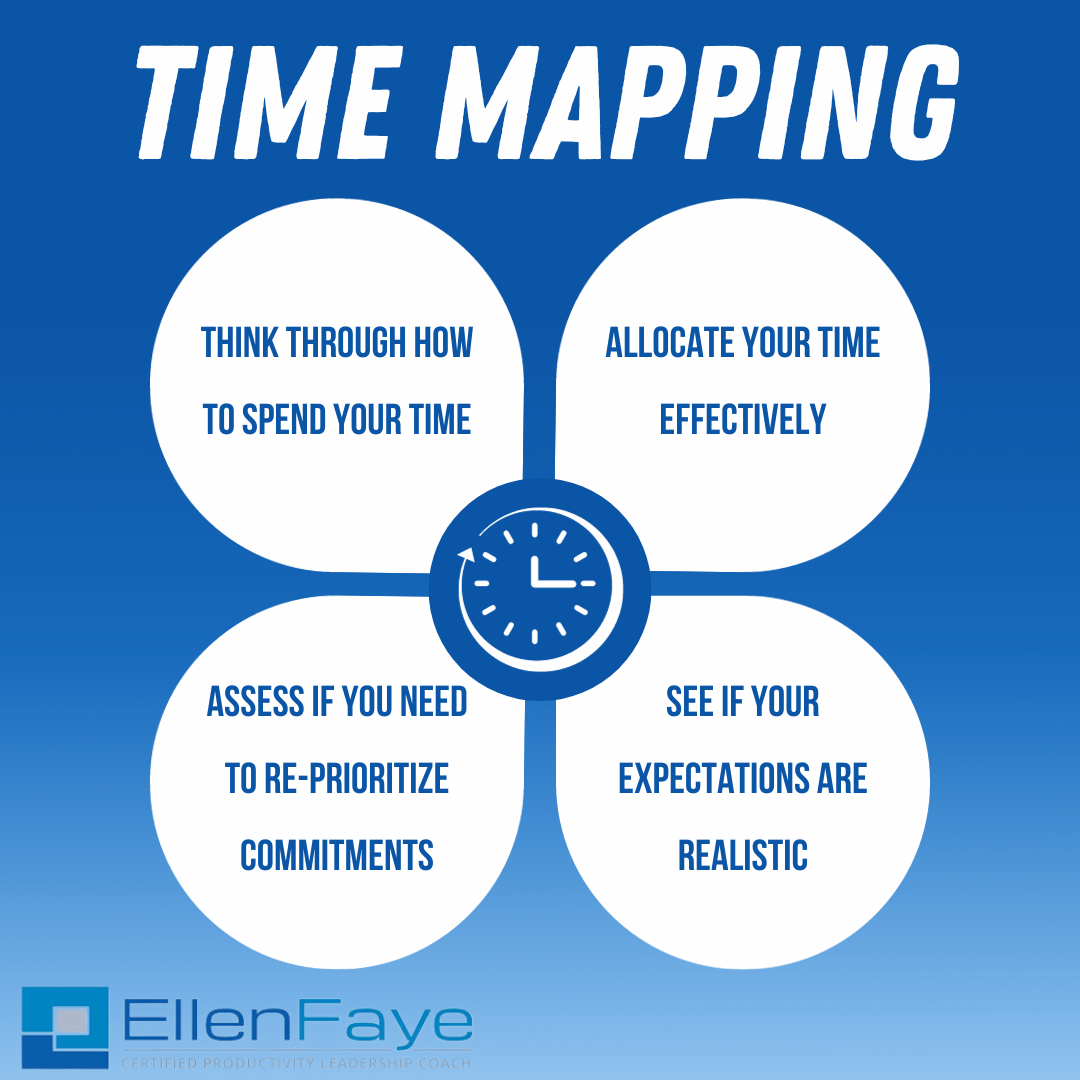19 Feb Planning Facilitates Action
The most valuable thing about planning is that it forces you to slow down and think! There are lots of proverbs about planning:
- People who plan like to plan but they don’t
- We plan, God laughs.
- Life is what happens when you’re busy planning.
And the famous Dwight D. Eisenhower quote “In preparing for battle I have always found that plans are useless, but planning is indispensable.”
From a productivity perspective, planning is indispensable. Are plans useless? Probably not. The question is how to plan most effectively.
For some, identifying individual steps is enough. They gain the greatest benefit from thinking through the plan. Others benefit from regularly referring to the plan. Still others like to refer to the plan and document their progress along the way.
Planning project steps makes the execution so clear that your move into action is logical and easy.
Plan to Plan
Assuming that planning will happen without intention will set you up for not planning. The first step is to plan to plan, and that means adding the action of project planning to your task list. Then when it’s time to create your plan you can follow my easy 6-step process.
Ellen Faye’s 6–Step Project Planning Process
- Grab a stack of sticky notes – Write down each task associated with the project on its own sticky Don’t worry about writing them in any order, just write as fast as the ideas come to you. Be sure to use a new note for each individual task.
- Put the sticky notes in order – Consider what has to come before another step and the most logical order to do the work. During this process, you may think of extra steps. Create sticky notes for those steps and insert them into the process. Try organizing your notes on a vertical surface like a window or blank wall. You will be able to see how things relate and be able to easily move your notes around.
NOTE: Sometimes these first two steps are enough. If others are involved, it’s time sensitive or very complex consider adding in steps 3 to 6.
- Assign a length of time to each step – Jot down on each sticky note your projection for how long the step will take, be it 15 minutes, an hour, or a week. When making your time estimates be sure to include thinking time, ramp–up time, interruption time, and break time. A good rule of thumb is to double your initial time projection.
- Assign due dates – If you have a deadline, start with the last sticky note and write the deadline on that note, then using the time projection, work from the last note backward. Date each note with the day it is due. If you can’t make the deadline as projected, look to see where you can adjust your timing, or if the deadline can be extended.
If there is no hard deadline, start on the first sticky note and assign due dates moving forward.
- Assign responsibility – If more than one person is working on the project, it’s helpful to identify who is responsible for each specific task and write it on sticky note.
- Place for easy reference – Transfer the information to your Priorities Task List, share with your team, copy to your planner, or simply leave the plan up on the wall.
For some, the tactile act of writing out the tasks and moving them around on sticky notes brings the project to life. Others are more comfortable doing this electronically on a simple spreadsheet.
Regardless of the tool, following the steps compels you to think things through, and that is the real value of planning.
This is an excerpt from Chapter 11 of my new book Productivity for How You’re Wired available on Amazon. The Project Planning Templates is included via the time tools link discussed in the book.













